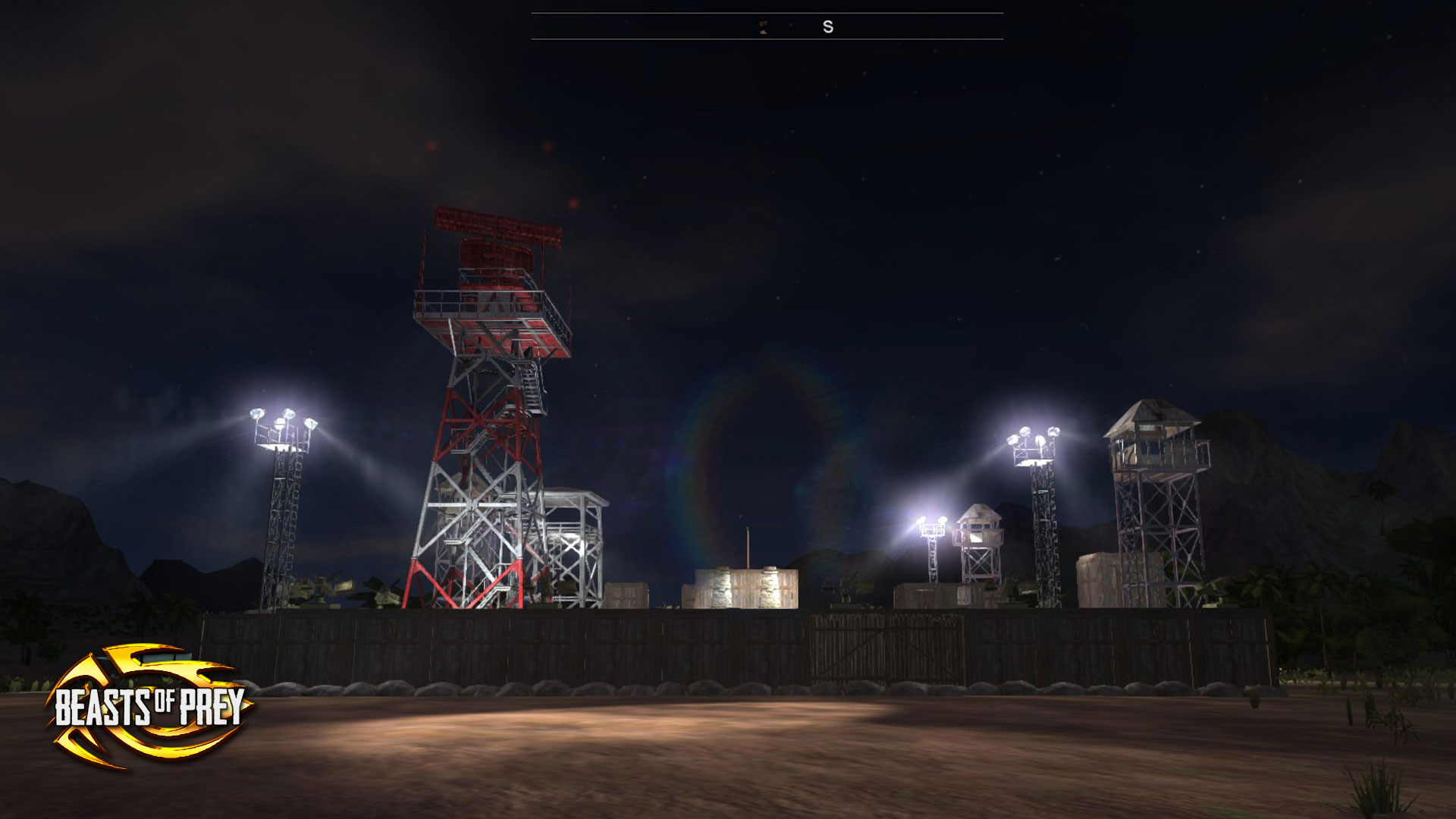

When viewed even in a strictly utilitarian perspective without consideration for potential ritualism, this evidence infers the practice of cannibalism since the de-fleshing process itself suggests the utilization of muscle tissue for food. In the French archaeological record alone, less than 10 complete skeletons were found compared to over 200 individuals whose skeletal record manifests disarticulated and fragmented, and, most strikingly, 40% of those 200 individuals bear evidence of de-fleshing (Bello 2017, 170). Bello’s supposition is far from unreasonable, as human remains attributed to cultures of late Upper Palaeolithic Europe reveal consistent occurrences of funerary practices involving the removal of flesh from bone. Silvia Bello’s deliberations about the findings in Gough’s Cave have revealed a specific usage of human bone featuring markings both decorative and for de-fleshing, which she refers to as not merely emblematic of cannibalism but rather of a ritualistic quality welded to cannibalism (2015).

Licensed under the Open Government Licence.

© The Trustees of the Natural History Museum, London.
#Beasts of prey cannibals cracked
Most strikingly, 58% of the postcranial bones are emblazoned with cut-marks associated with butchery, while 32% were cracked to extract marrow (Bello 2017).įigure 1: Bone M54074, a forearm excavated from Gough’s Cave in Somerset, which displays post-mortem engravings. Of these human remains, 205 individual specimens were identified from an assemblage comprising primarily of fragments (of which only five anatomical refittings could be made for certain).

In two of the most recent excavations undertaken by the Natural History Museum in 19, a previously unexamined area revealed the presence of numerous artefacts ranging from stone tools to human remains (Charles 1989). Gough’s Cave received consistent attention in the public eye after its initial discovery in the 1880s, culminating in its retrofitting as a display space outfitted with electric lights (Currant 1989). I suggest that these similarities are not incidental, but rather visual evidence of attempts made by the community of Gough’s Cave to symbolically rationalize acts of cannibalism by mimicking the actions of herbivores that were witnessed uncharacteristically feasting upon animal bones.Ī brief archaeological history of the site is necessary to better articulate this hypothesis. In examining the engravings of this bone, the human-made decorative marks bear striking similarities to markings left on bones that were gnawed by ungulates (large hooved mammals). Whilst the general consensus regarding this artefact links it to some form of cannibalistic ritual (Andrews 2003, Balch 1947, Bello 2017, Cook 1991, Currant 1989), the overall purpose of this ascribed behavior has been given little consideration after the observation of cannibalism is made. This bone-a right radius classified as M54074 (Bello 2017)-bears not only evidence of butchery, but also enigmatic engravings that seem to bear no practical purpose. Of particular distinction in this category is a human forearm found in Gough’s Cave of Somerset, England, dating to approximately 14,700 BCE (Bello 2015). This concept manifests visually in numerous forms ranging from cave paintings, rock art, wearable objects, and funerary arrangements (Vialou 1998) Yet there are mysterious artefacts pertaining directly to human remains as material culture, which incorporate bone in what is often considered funerary ceremony, cannibalistic ritual, or a combination of the two (Bello 2017). As such, these hunters acted as active participants in an environment not yet mitigated by technological advances associated with mankind. The movements of the universe that affected beasts influenced early humanity equally, perhaps causing communities to view themselves as part of naturally occurring cycles of life and death. For Palaeolithic hunters and their prey, the arena of life and death was universal.


 0 kommentar(er)
0 kommentar(er)
